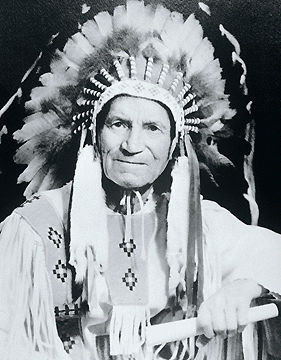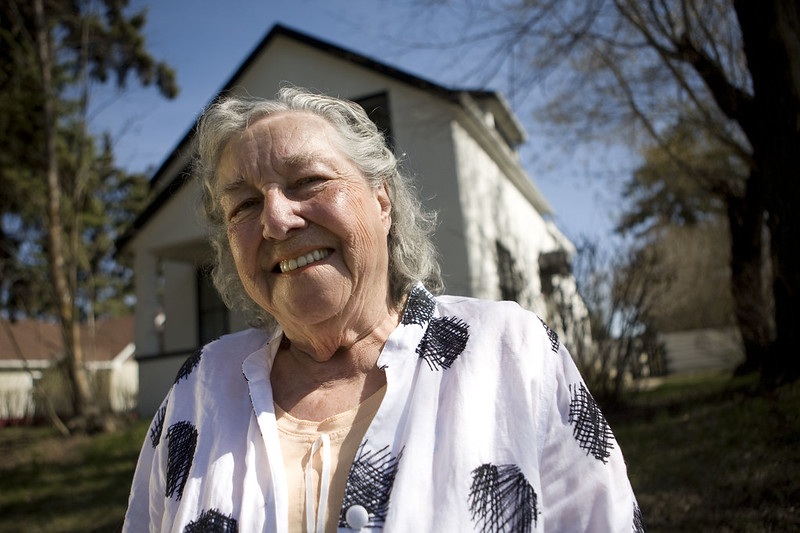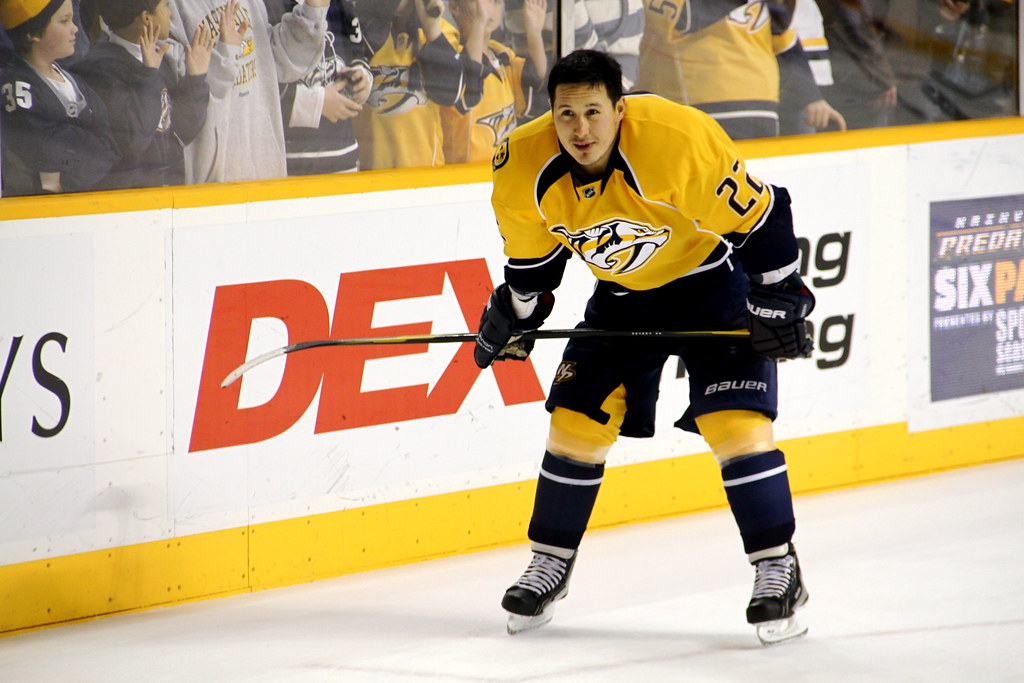Indigenous peoples have contributed greatly to Canadian society, culture and politics. Despite facing discrimination, racial segregation and policies of assimilation, Indigenous peoples have fought to make this country a better place for all, and to protect their own Indigenous cultures. From leaders in the fields of medicine and law, to war veterans, chiefs and politicians, many Indigenous peoples have risen to the top of their respective fields, championing a variety of causes. This list of 10 Indigenous “firsts” celebrates those trailblazers who were the first in their profession to make historic accomplishments in Canada.
Elsie Knott
Elsie Knott was the first elected female First Nations chief in Canada, after a 1951 amendment to the Indian Act allowed Indigenous women to vote and participate in band governments. (See also Women and the Indian Act.) Chief of her First Nation for 14 years, Knott was dedicated to preserving the Ojibwe language and was known for her community activism and support of education.
Ralph Garvin Steinhauer

In 1974, Ralph Garvin Steinhauer became the first Indigenous person to serve as lieutenant-governor of a Canadian province (Alberta). He read the Speech from the Throne in 1975 in full regalia , highlighting his Nehiyawak (Cree) culture and heritage. Committed to Indigenous issues, Steinhauer founded and was president of the Indian Association of Alberta. He also served as councillor and chief of Saddle Lake Cree Nation.
Edith Monture

Edith Monture was the first Indigenous woman to become a registered nurse in Canada and to gain the right to vote in a Canadian federal election. (See also Indigenous Women and the Franchise.) She was also the first Indigenous woman from Canada to serve in the United States military.
Nellie J Cournoyea

In 1991, Nellie J Cournoyea became the first Indigenous woman to lead a provincial or territorial government in Canada (the Northwest Territories ). She played a key role in negotiations leading to the Nunavut Land Claims Agreement. Following her retirement from politics, Cournoyea became chair and chief executive officer of the Inuvialuit Regional Corporation (1996 to 2016).
James Gladstone

James Gladstone, also known by his Kainai name Akay-na-muka, was the first Indigenous senator in Canada. He spoke Blackfoot during his first senate speech in 1958. Gladstone was also president of the Indian Association of Alberta and three times was a delegate to Ottawa to discuss proposed changes in the Indian Act.
Roberta Jamieson
Roberta Jamieson is a Kanyen'kehà:ka (Mohawk) lawyer, chief and businesswoman. She holds the honour of many “firsts” in her career: Jamieson was the first Indigenous woman in Canada to earn a law degree (1976), the first non-Parliamentarian appointed to a House of Commons committee (1982), the first woman appointed ombudsman in Ontario (1989) and first woman elected as Six Nations chief (2001).
Thelma Chalifoux

NAIT Metis elder, retired Sen. Thelma Chalifoux, at the Michif Cultural and Resources Institute in St. Albert. May 11, 2009.
("Thelma Chalifoux" by N A I T is licensed under CC BY-ND 2.0)
Thelma Chalifoux was the first Métis woman appointed to the Senate of Canada . As a senator, she was concerned with a range of issues, including Métis housing, drug company relations with the federal government , and environmental legislation. Chalifoux was also an passionate advocate for women’s and Indigenous rights , and was known for her work in the protection of Métis culture.
Jordin Tootoo

Jordin Tootoo is the first Inuk hockey player to play in the National Hockey League (NHL). In 2003, he received national attention when he played for Team Canada at the World Junior Hockey Championship. After playing 13 seasons in the NHL, Tootoo retired in 2018. He is known for speaking to youth and maintaining his Inuit culture.
Mary Greyeyes Reid

Mary Greyeyes Reid, a Nehiyawak (Cree) veteran of the Second World War ( Canadian Women’s Army Corps ), was the first Indigenous woman to join Canada’s armed forces. Featured in a widely circulated wartime photograph, Reid symbolized the military’s attempts to recruit women and Indigenous peoples in Canada.
Mumilaaq Qaqqaq

In 2019, Mumilaaq Qaqqaq became, at age 25, Nunavut ’s youngest Member of Parliament in history, and the first from the New Democratic Party since Nunavut became a territory in 1999. Qaqqaq is vocal about the various crises that Inuit face; for example, suicide, food insecurity, housing and climate change. (See also Social Conditions of Indigenous Peoples in Canada.)

 Share on Facebook
Share on Facebook Share on X
Share on X Share by Email
Share by Email Share on Google Classroom
Share on Google Classroom




